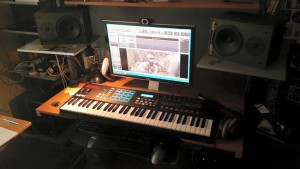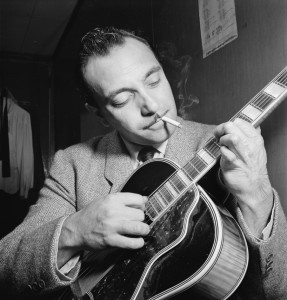 One of the more challenging aspects of creating music for film projects is composing under tight deadlines. Several years ago, I attended a panel session about film and TV composing where one of the panelists was the composer for the TV show Survivor. He began his talk with the following bit of sage advice … “how many of you here are composers?”, at that point everyone raised their hands. Then he said “O.K., how many of you are writing at least 2 minutes of fully-produced, mixed, and mastered, original broadcast-quality music every single day?” At that point only one or two people still had their hands up, while the rest of us slowly brought our hands down. Then he said, “Those of you who still have your hands up are the real composers. To the rest of you, that’s the level you need to be at if you want to be a TV or film composer”.
One of the more challenging aspects of creating music for film projects is composing under tight deadlines. Several years ago, I attended a panel session about film and TV composing where one of the panelists was the composer for the TV show Survivor. He began his talk with the following bit of sage advice … “how many of you here are composers?”, at that point everyone raised their hands. Then he said “O.K., how many of you are writing at least 2 minutes of fully-produced, mixed, and mastered, original broadcast-quality music every single day?” At that point only one or two people still had their hands up, while the rest of us slowly brought our hands down. Then he said, “Those of you who still have your hands up are the real composers. To the rest of you, that’s the level you need to be at if you want to be a TV or film composer”.
His message was clear. If you want to get hired as a composer, you need to hone your skills so that you are able to create quality music consistently and quickly. You can only get there by doing it a lot!
I took this advice to heart, and set out on a path over the next few years to challenge myself to write as often as I could. While I still can’t claim to be writing 2 minutes of music every single day with demands of a full-time day job, I did hold myself accountable to write more often and get better at writing in various genres (see the following link for various self-imposed projects along that journey my songwriting projects).


